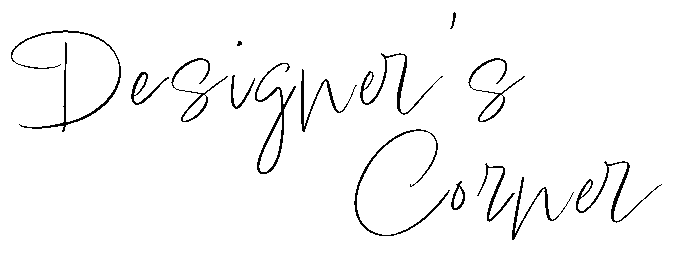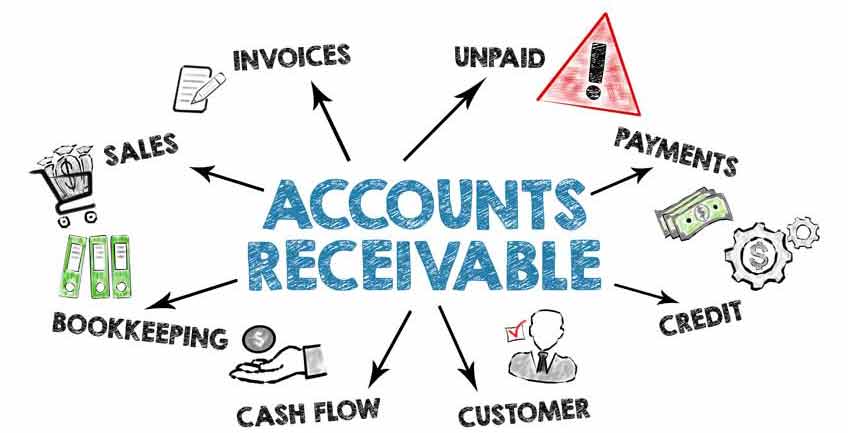
Cost & Ethics of Photography
Uncredited Photography and its Impact on Interior Designers
The Dark Side of Instagram: Uncredited Photography and its Impact on Designers. In the age of Instagram, visual storytelling has become an indispensable tool for architects and interior designers. However, a rising concern within this visually-driven community is the uncredited use of other people's photographs. It's a practice that not only undermines the hard work of photographers but also raises ethical questions within the design community.
Architecture and interior photography is a crucial element in showcasing the talent and expertise of designers, architects, and interior decorators. However, the process involves a myriad of considerations, from the cost of the photography services to the intricate details of photo rights. In this article, we will dive deeper into the complexities of this field, exploring the costs associated with hiring a photographer, the importance of collaboration, and the nuanced world of photography rights.
The Cost Conundrum:
When it comes to architecture and interior photography, the cost of a professional photoshoot can range from $200 to $3000 per job. For many businesses, especially those just starting, this cost might seem steep, particularly if it eats into the profit margin. However, the investment becomes justified when the project aligns perfectly with your brand and serves as a valuable marketing tool. For those embarking on a new business venture, the dilemma is often choosing between having no photos or settling for subpar ones. In these early stages, compromise may be necessary, but as your career progresses, you can afford to be more selective. It’s crucial to weigh the potential benefits of having photographs against the quality of the project; not every space is photo-worthy, and extensive editing may be needed to make it visually appealing.
Possible cost-savings:
Photographers specializing in real estate may differ significantly from those adept at capturing intricate interior design. Investing time and effort in developing a long-term relationship with a real estate photographer can yield cost savings. As they become familiar with your preferences, they will acquire the necessary equipment and lenses, honing their skills for the unique demands of architecture and interior design photography.
The Photoshoot Process:
Shooting a single room can take up to three hours, while photographing an entire house may require two days or more, depending on the lighting conditions and project complexity. Achieving flawless images often involves meticulous attention to detail, with photographers and designers collaborating to arrange accessories and manipulate perspectives, sometimes placing furniture in unconventional positions for the sake of aesthetics. The costs and time involved is not insignificant.

Exposure vs Theft:
When designers use someone else’s photographs without proper attribution, it’s similar to appropriating intellectual property. This not only disregards the time, effort, and skill invested by the photographer but also misrepresents the work of the designer sharing the image. While exposure is often deemed beneficial, the lack of credit robs the photographer of deserved recognition and potentially hinders their ability to gain new clients. Does it seem justifiable that the influencer who reposted your image is now securing the work crucial for sustaining your business operations? Is the consumer truly that naive, overlooking the expertise of professionals in favor of influencers who may primarily excel at reposting visually appealing images?
In some cases, designers may argue that sharing another’s work is a form of collaboration or that it provides exposure for both parties. While exposure can be positive, it becomes exploitation when one party benefits significantly more than the other. Designers put time and resources into creating a unique aesthetic, and it’s unfair for someone else to leverage that effort for their own business without the associated costs.
In recent times, I’ve observed a noticeable surge in influencers without a background in interior design acquiring new clients through the reposting of other designers’ work. While I won’t mention any specific names, one instance stands out where a particular influencer failed to credit the original designers in their posts. Finding this disconcerting, I took it upon myself to inquire about the original designer of a space in the comments section, pointing out the absence of credit. Surprisingly, a day later, the same photo featured additional credits, signaling a positive shift towards acknowledging and attributing the creative efforts of the original designers. This experience highlights the importance of fostering a culture of recognition and respect within the realm of design and social media.
Cease & Desist:
The first step for a photographer who discovers their work has been shared without proper credit is to reach out to the offender. Politely informing them of the situation can sometimes lead to a quick resolution. However, if the unauthorized use persists, photographers have legal recourse in the form of a cease and desist letter. This legal document requests the immediate discontinuation of the unauthorized use of copyrighted material.
After submitting a cease and desist letter, the next steps typically depend on the response or lack thereof from the recipient. If the recipient complies with the cease and desist request, the matter may be resolved amicably. However, if there is no response or the issue persists, you may consider taking legal action, such as filing a lawsuit. Consultation with an attorney is advisable at this stage to assess the best course of action based on the specific circumstances of your case. You might have the option to pursue a legal claim for potential earnings that were not realized. Legal proceedings may involve gathering evidence, preparing a case, and potentially pursuing damages or injunctive relief in court. Keep in mind that legal processes can vary, so seeking professional legal advice is crucial to navigate your specific situation effectively.
The Importance of Crediting:
While Instagram provides a powerful platform for designers to showcase their work, the uncredited use of photographs poses a threat to the integrity of the design community. It’s essential for both designers and photographers to recognize the value of proper crediting, not only as a legal requirement but as a fundamental principle of professional ethics. By taking a stand against uncredited use and advocating for fair practices, the design community can foster an environment that respects the creative contributions of all its members.
XOXO,


 Invoices 101
Invoices 101